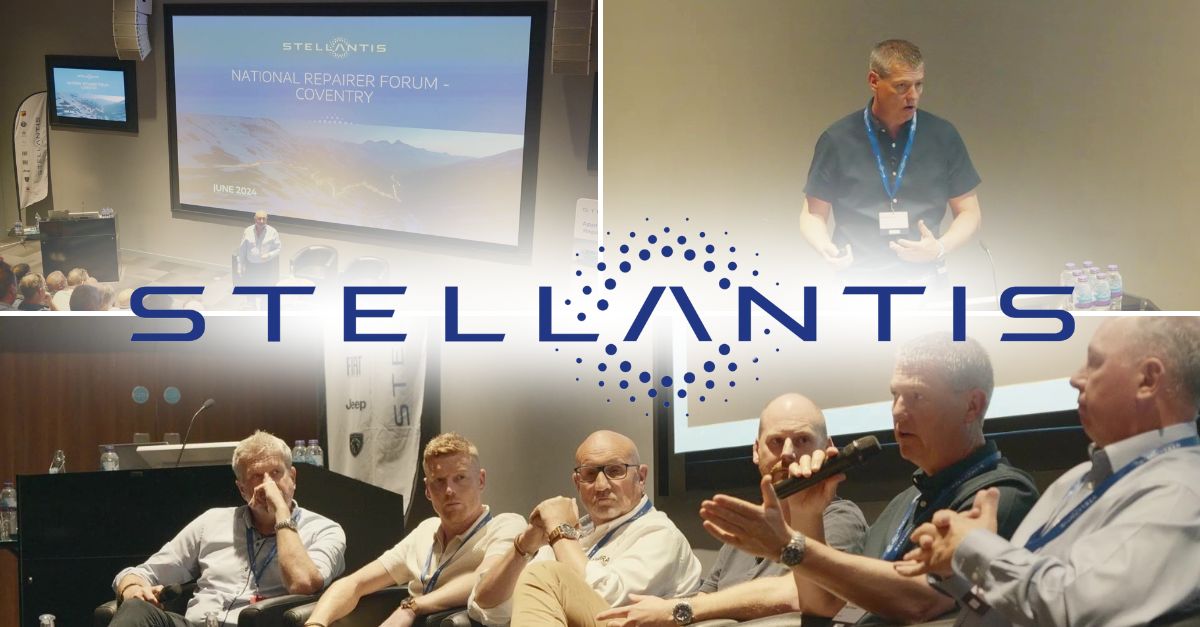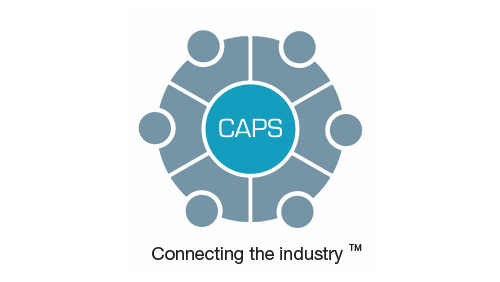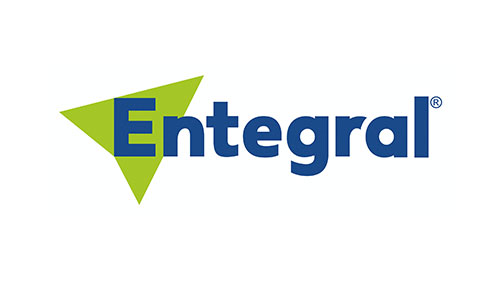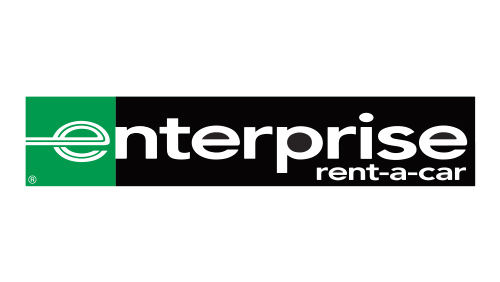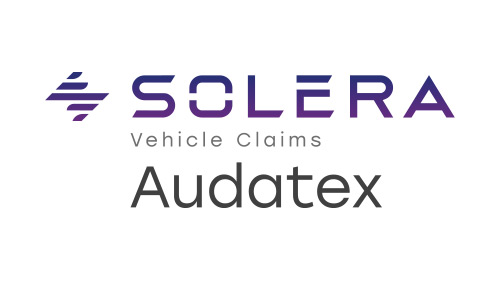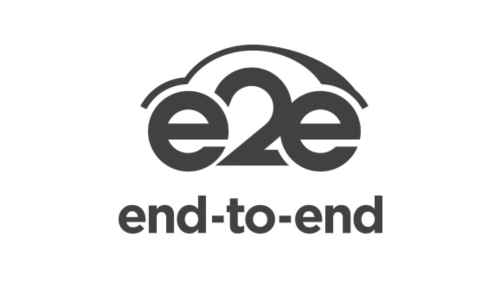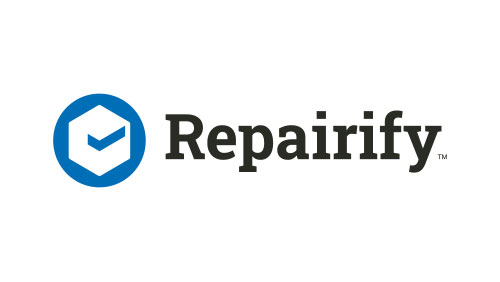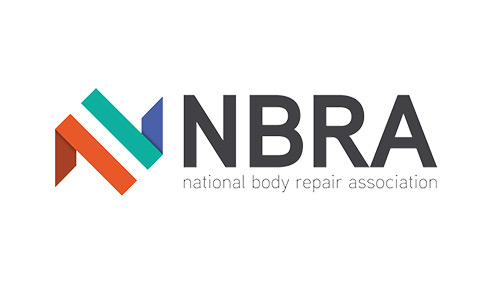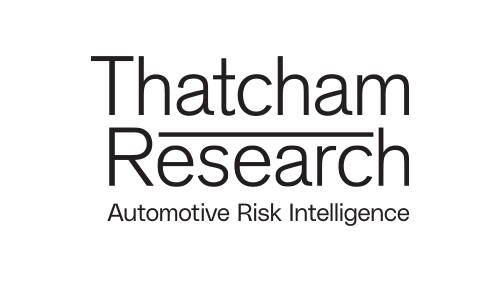Stellantis brought together it’s UK-wide repairer network for its first National Repairer Forum back in June. The event, which took place at the Manufacturing Technology Centre in Coventry – to tie-in with the Stellantis-sponsored ARC360 Future Vehicle Technology themed event – provided around 100 of its approved accident repairers with the chance to hear the latest insights and initiatives; raise any queries; and enjoy networking. ARC360 was on hand to capture the key themes from the day.
Hosted throughout by Robert Snook, CEO of Business Success Global and training partner to the Stellantis network, the event emphasised the importance of the body repair network and showcased Stellantis’ commitment to its partners.
Paul Glover, Network Manager – Accident Repair Programme, kicked-off proceedings by outlining how Stellantis has maintained a stable network of 168 repairers for some four years, freezing fees to support long-term partnerships.
“We trust you guys. You do a fabulous job for us,” Paul stated, emphasising the network’s value.
Three-time consecutive winner of Bodyshop Magazine’s Vehicle Manufacturer of the Year Award due to initiatives including regional repairer forums, Paul said, “I want it to be more than just a manufacturer-approved network. I want it to be a real club.”
As part of the ongoing progress of the network, Paul also declared that all Stellantis-approved accident repair centres will automatically become full RMI National Body Repair Association (NBRA) members from 1 July 2024. Membership, valued at circa £1,000 each, offers numerous benefits and reinforces Stellantis’ commitment to supporting its network.
ZEV mandate
Following on from Paul, Chris Downing, Head of Sales & Operations, addressed the implications of the Zero Emission Vehicle (ZEV) mandate on the industry. Chris outlined how it requires a specific percentage of zero-emission vehicles (ZEVs) such as battery electric and hydrogen vehicles to be sold annually. In 2024, this figure is 22% of passenger cars and 10% of commercial vehicles. Each vehicle sold outside of this quota carries with it a potential £15,000 penalty.
To comply, manufacturers like Stellantis must adjust their sales strategies. Chris highlighted that Stellantis would not trade ZEV credits with other manufacturers but would balance these requirements internally. This decision is aimed at avoiding future fines and ensuring a sustainable approach.
However, there are significant pressures within the market which Chris warned: “At the current YTD sales mix, we now have to sell approximately one BEV car to sell three ICE cars. We are absolutely facing the prospect at the end of the year of telling customers they may have to wait until 2025 to take delivery unless it’s a BEV.”
Training
Robert Snook shared insights into the network’s training initiatives and the importance of collaboration among bodyshop partners. Emphasising continuous improvement and engagement, Robert encouraged repairers to “slow down to speed up,” advocating for a focus on quality and strategic thinking.
Highlighting success stories from around the network, Robert acknowledged the efforts of various bodyshops including M&M in Stoke-on-Trent; Peggs in Birmingham; and Devonshire Motors in Barnstaple.
“We’ve got best in class for all these different things. Somewhere in the group is the perfect bodyshop,” Robert noted. “The only difference between the high performers and the low performers is implementation.”
LCVs
Bradley Miller, Head of LCV Product at Stellantis, discussed the company’s strategies for achieving zero emissions in light commercial vehicles (LCVs).
Bradley highlighted that Stellantis holds a 30% marketshare in the LCV segment, excluding pick-up trucks, with Vauxhall, Peugeot, Citroën, and Fiat leading the way in ZEV sales. In 2022, these brands collectively held 47.9% of the marketshare for ZEV LCVs.
Stellantis is committed to meeting strict CO2 and zero-emission targets. The company plans to maintain its lead by continually exceeding the mandated ZEV targets. For example, while the organic rate for vans is six per cent, Stellantis is already at eight per cent and is confident in achieving the 10% target for 2024.
“Our plan is always to be ahead of the mandate when it comes to zero-emission vehicles,” stated Bradley.
Stellantis offers two primary solutions for zero-emission LCVs: battery electric vehicles (BEVs) and hydrogen fuel cell vehicles. Bradley explained that while BEVs are suitable for small to medium vans, larger vans will likely require a mix of BEV and hydrogen solutions to meet range and payload requirements.
Marketing
The Power of Marketing for Bodyshops was the theme of a Gary Chew, founder of Small Torque and Redline Creative, session during which he shared insights on the vital role of marketing in the bodyshop industry.
Gary highlighted the importance of maintaining a positive online presence. Customers today are savvy and have numerous choices, he said, making it crucial for bodyshops to present a professional and trustworthy image online. Effective online reputation management involves actively monitoring and responding to reviews, both positive and negative.
“You need to ensure you’ve got a positive and professional online footprint,” Gary stated.
With the current dip in work volumes, generating retail opportunities has become more critical. Gary shared success stories, such as R&R Autos in Basingstoke, which received over 650 retail estimates in 20 months through its website, with retail now accounting for around 30% of their overall revenue. Similarly, new websites for other clients have quickly generated new business.
Social media is a powerful tool for bodyshops to reach potential customers. Gary explained that bodyshops with around 1,000 followers can achieve substantial engagement, as seen with JS Bodyworx in High Wycombe, which received significant retail quotes through its social media efforts.
“Using your own real photos and videos tends to get around 10 times the engagement as using stock photography,” Chew advised.
Marketing also helps build industry relationships and attract talent. Platforms like LinkedIn are essential for connecting with insurers, fleets, manufacturers, and other bodyshops. Gary shared how Vehicle Body Care in Leeds leveraged LinkedIn to join the Tesla network, showcasing its capabilities in structural aluminium and EV repairs.
ADAS
Rounding out the day, Tim Scothern, a seasoned road policing expert and trainer at Stellantis Performance Academy, shared his insights on the transformative impact of Advanced Driver Assistance Systems (ADAS). With 30 years in road policing, Tim emphasised how ADAS technology is crucial for road safety and the automotive sector.
“We’re reducing serious collisions down to more minor collisions which potentially is going to bring more business in your direction,” Tim stated.
The progression of ADAS technology has been remarkable. From basic rear parking sensors to today’s advanced camera systems, ADAS technology now operates within milliseconds, significantly enhancing real-time vehicle responsiveness.
Tim detailed several core current ADAS technologies and also discussed the future of ADAS and the regulatory environment. While true level 5 autonomy is still constrained by legislation, upcoming General Safety Regulation (GSR) mandates will require several ADAS features on all new vehicles by 2026.
Recruitment
Prior to the final Q&A session, Robert returned to highlight the pressing need for innovation in recruitment within the bodyshop industry. He described how the industry is lagging behind in attracting and retaining talent, not due to a shortage of people but because of outdated recruitment practices.
Robert candidly addressed the industry’s recruitment struggles, stating, “We think we’re good against other people in our industry, but we’re all competing for the same people.” He pointed out that there is no shortage of potential recruits; instead, the industry is failing to appeal to them effectively.
Drawing comparisons to other industries, Robert highlighted how companies like McDonald’s and Estee Lauder attract talent by focusing on values, inclusion, and personalised benefits rather than just job titles and salaries.
Robert urged the industry to adopt modern recruitment practices, such as using engaging and attractive job titles and leveraging technology to streamline the application process. He shared an example of a bodyshop group that switched from email to WhatsApp for job applications, increasing responses from 23 to 247.
“Be actionable in the moment,” Robert advised, emphasising the need for immediate and efficient recruitment processes.
The day rounded out with a Q&A session providing network members to openly ask questions to the Stellantis team. Questions ranged from requests for more information on the RMI NBRA membership – fielded by Martyn Rowley, Executive Director of the NBRA who was on hand throughout, through marketing, vehicle safety, to the wants and needs of repairers.
The candid nature if the final session and the enthusiasm for sharing experiences and insights was clear evidence of the positive culture Stellantis and its repairers have created – an ideal partner for ARC360.

